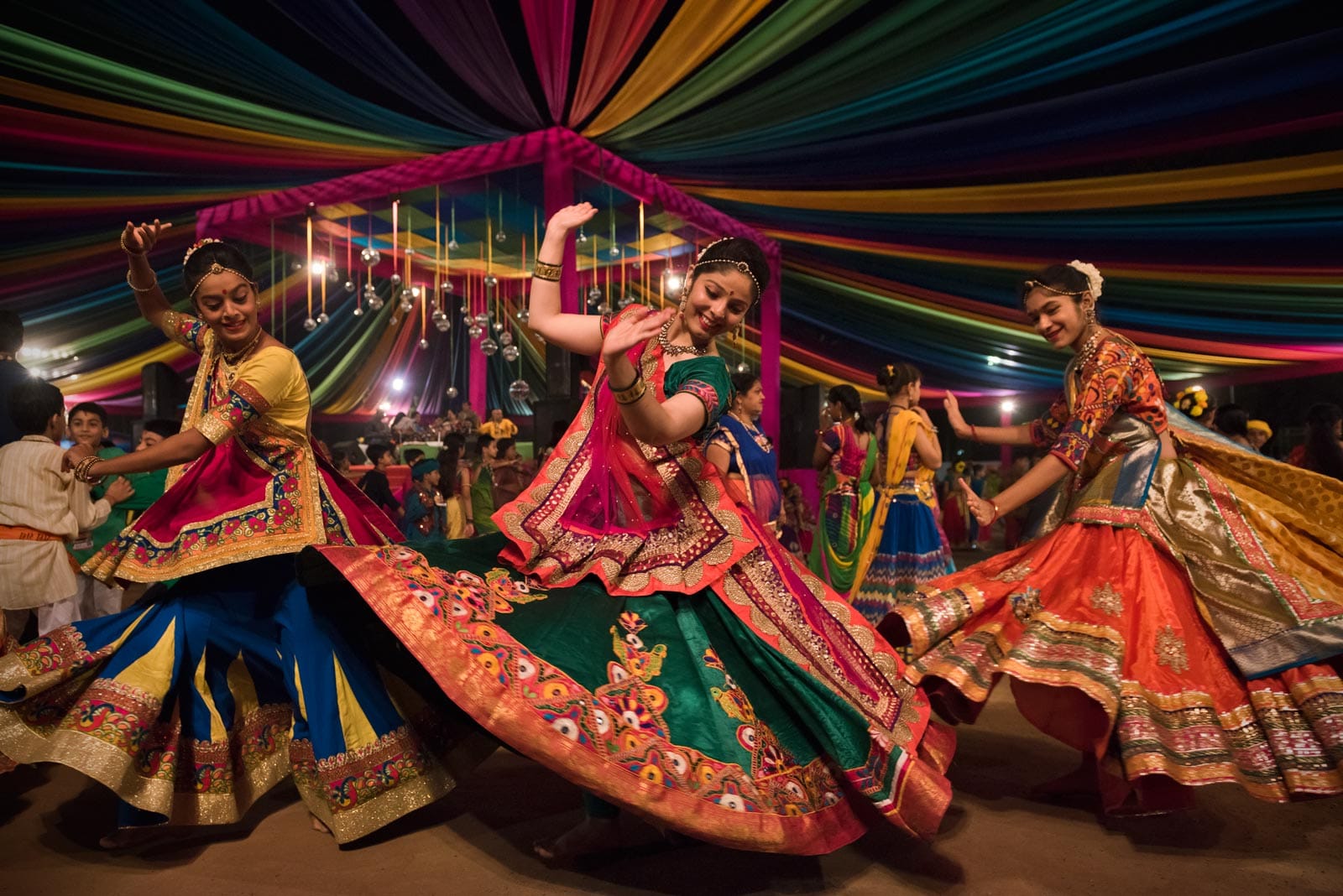Holi, India’s exuberant festival of colors, is more than just a vibrant spectacle. It’s a rich tapestry interwoven with ancient legends, lively traditions, and deep cultural significance that resonates throughout India and beyond. Think of it as a grand, joyous carnival where everyone’s welcomed, and the only dress code is every color imaginable! If you seek further information about this widely celebrated Indian festival, why not dive deeper into our faspe info for a colorful journey of customs and tradition?
Unveiling the Legends and Lore of Holi
Like many festivals, Holi’s origins are steeped in captivating mythology. The most popular narrative recounts the tale of Holika, the demoness, and Prahlad, a devout young boy whose unwavering faith in Lord Vishnu enraged his demon king father. Holika, the king’s sister, attempted to kill Prahlad by tricking him onto a pyre. Protected by a magical shawl, she believed herself immune to the flames. However, divine intervention likely transferred the shawl’s protection to Prahlad, saving him while Holika perished. This triumph of good over evil, of faith over tyranny, is celebrated with bonfires on Holika Dahan, the eve of Holi. Some scholars suggest that this bonfire ritual may also symbolize the burning away of winter and the welcoming of spring. The legend of Radha and Krishna, where Krishna playfully colors Radha’s face, adds another layer, emphasizing the themes of love and acceptance.
A Symphony of Colors: Experiencing Rangwali Holi
Rangwali Holi is where the true revelry unfolds! Picture streets transforming into living canvases, the air alive with brightly colored gulal powder. People, young and old, playfully chase each other, smearing vibrant hues, laughing, and dancing to the rhythm of drums. It’s a day where societal barriers seem to dissolve, and everyone unites in a spirit of joy and camaraderie. Imagine a sanctioned, good-natured free-for-all, an opportunity to embrace the pure exhilaration of the moment. This jubilant festival typically falls on the full moon (Purnima) in the Hindu month of Phalgun, which usually corresponds to March in the Gregorian calendar.
Beyond the Colors: The Deeper Significance of Holi
While the throwing of colors is undoubtedly the most visually striking aspect of Holi, the festival holds profound meaning. It heralds the arrival of spring, a time of renewal and fresh starts. The vibrant colors themselves are symbolic, often representing different emotions, virtues, or even the playful mischief of Krishna, a Hindu deity often associated with Holi. Some believe the colors signify the triumph of good over evil, mirroring the story of Prahlad and Holika, and perhaps recalling the triumph of Vishnu as Narasimha over the demon king Hiranyakashipu. Others see it as a celebration of forgiveness and the strengthening of community bonds. It’s a time for families and friends to reunite, let go of past grievances, and celebrate life’s joys.
Holi’s Global Embrace: A Festival Without Borders
Holi’s infectious energy hasn’t been confined to India. It’s celebrated with enthusiasm in countries like Nepal, Pakistan, and Bangladesh, and has gained popularity in parts of Europe and North America. This global embrace likely reflects its universal themes of joy, unity, and the celebration of new beginnings, resonating with people from diverse backgrounds. This spread also suggests the increasing interconnectedness of our world and the power of cultural exchange. However, the way Holi is celebrated can differ slightly from region to region, both within India and internationally. Some areas might emphasize specific rituals or have unique customs, adding another layer of richness to the festival and demonstrating the beauty of cultural diversity.
Celebrating Holi Responsibly: Tips for a Safe and Enjoyable Experience
While reveling in the festivities, it’s crucial to be mindful of the environment and personal safety. Opting for natural, eco-friendly colors and using water responsibly can minimize the environmental impact. Protecting your skin and eyes is also essential. Wearing protective clothing and using natural oils can help safeguard against potential irritation.
| Tip | Description |
|---|---|
| Use Natural Colors | Protect your skin and the environment by choosing natural, plant-based colors. |
| Protect Your Skin | Apply oil or cream to exposed skin to create a barrier against the colors. |
| Shield Your Eyes | Wear sunglasses or a hat to protect your eyes from the powder and water. |
| Stay Hydrated | Drink plenty of water throughout the day to avoid dehydration. |
| Respect Local Customs | Be mindful of local traditions and customs while participating in the festivities. |
Holi offers an immersive, unique cultural experience. It’s a celebration that engages all the senses, leaving a lasting impression of joy, color, and community spirit. Embrace the hues, join the revelry, and experience the magic of Holi for yourself – a celebration you won’t soon forget! While much is known about Holi, ongoing research continues to explore its historical and cultural nuances, suggesting that there is still more to uncover about this captivating festival. Perhaps one day we’ll discover even more about Holi’s rich past, present, and future.
- Discover Long Black Pepper: Flavor & Health Benefits - April 25, 2025
- Shocking Twists: The Grownup Review: Unreliable Narration - April 25, 2025
- A Quiet Place Book vs Movie: A Deep Dive - April 25, 2025
















